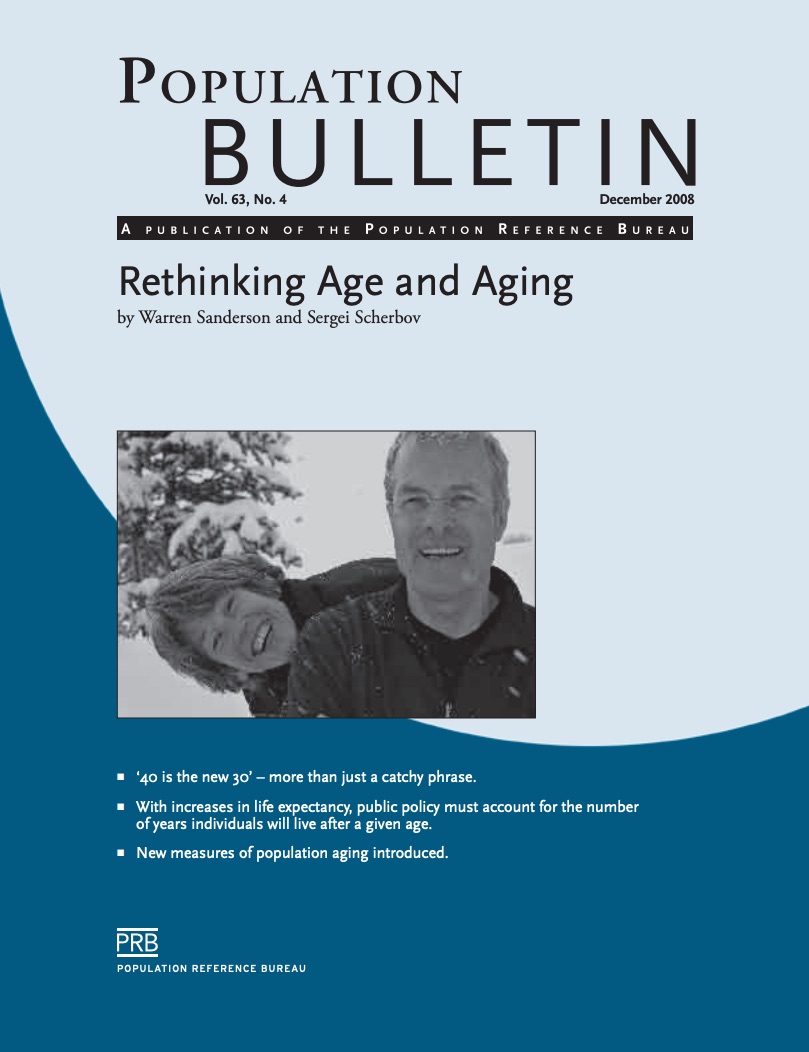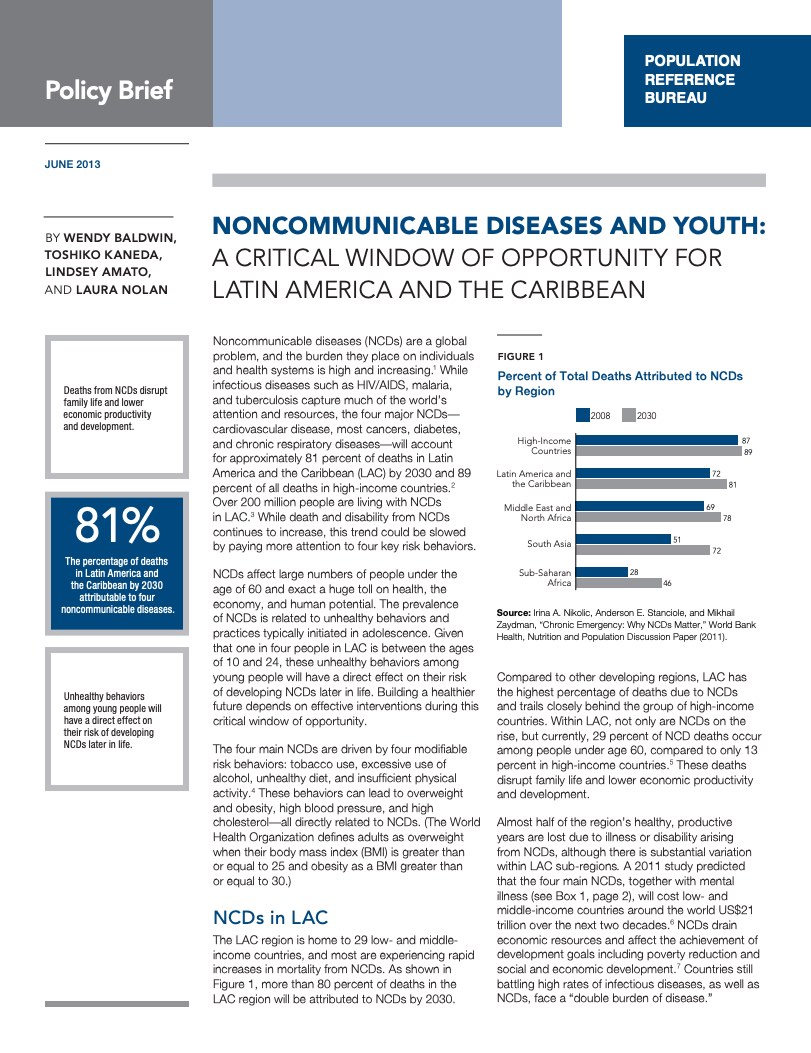551 Search Results Found For : "의왕출장업소[TALK:Za31]www.za32.net♥광명출장안마상담톡광명출장샵ル광명대모텔출장ル광명출장마사지광주출장샵ユユㅋ톡ユ광주출장안마ユ광주모텔"
Mountains: Sources of Water, Sites of Poverty and War
(2002) Why the focus on mountains? They provide fresh water for most of the urban population living in the lowlands, the Earth's greatest biodiversity, and recreation destinations.
HIV/AIDS and the Natural Environment
(2006) Still, at least one research and policy dimension remains little explored: The relationship between HIV/AIDS and the natural environment. HIV/AIDS is shaping society's impact on the natural environment in myriad ways and at many levels.
Genetics Make Quitting Difficult for Some Smokers
(2011) Today's smokers are more strongly influenced by genetic factors than in the past, and that influence makes it more difficult for them to quit, according to a new study of twins published in the December issue of the journal Demography.
Deciphering the Demography of Myanmar
(2014) Myanmar (known as Burma until May 1989) is back in the news, especially as it has recently made great strides toward a more democratic regime. The country is expanding its outreach to the international community and seeking more global economic connections.

Population Bulletin, vol. 63, no. 4: Rethinking Age and Aging
(December 2008) According to the United Nations (UN), "Population ageing is unprecedented, without parallel in human history and the twenty-first century will witness even more rapid ageing than did the century just past."

Project: Combatting Noncommunicable Disease Risk Factors in Youth
Policy Brief. Noncommunicable Diseases and Youth: A Critical Window of Opportunity for Latin America/Caribbean
(2013) Noncommunicable diseases (NCDs) are a global problem, and the burden they place on individuals and health systems is high and increasing.
HIV/AIDS and Contemporary Population Dynamics
HIV/AIDS emerged in the late 20th century. Believed to have originated in Africa, the disease has spread worldwide. Occurrence of HIV/AIDS and primary means of diffusion vary among regions. Because of the social and economic impacts of this disease, students should have a good understanding of the patterns and processes that define the spread of the disease.
